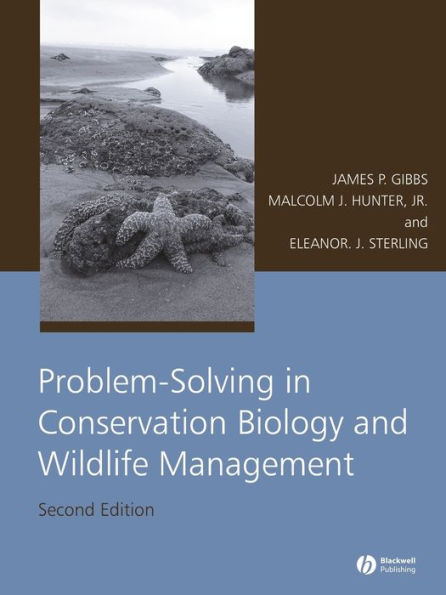Table of Contents
Preface vii
Acknowledgments x
Part 1 Introduction 1
1. What is Biodiversity? Spiders as Exemplars of the Biodiversity Concept 3
2. What is Conservation Biology? An Analysis of the Critical Ecosystem Partnership Fund’s Strategies and Funding Priorities 13
3. Why is Biodiversity Important? Why Is It Threatened? An Exploration with the IUCN ‘‘Red List’’ of Threatened Species 21
Part 2 Genes 29
4. Population Genetics: Diversity Within Versus Diversity Among Populations 31
5. Genetic Drift: Establishing Population Management Targets to Limit Loss of Genetic Diversity 36
6. Pedigree Management: Controlling the Effects of Inbreeding as Indicated by Fluctuating Asymmetry 42
7. Landscape Genetics: Identifying Movement Corridors 48
Part 3 Populations 57
8. Life Table Analysis: Balancing Commercial Fisheries with Sea Bird ‘‘By-Catch’’ 59
9. Population Viability Analysis: El Niño Frequency and Penguin Population Persistence 66
10. Habitat Loss and Fragmentation: Ecological Traps, Connectivity, and Issues of Scale 74
11. Diagnosing Declining Populations: Assessing Monitoring Data to Better Understand Causes of Rarity in an Endangered Cactus 83
12. Estimating Population Size with Line Transects and DISTANCE 88
13. Analyzing Camera Trap Data with PRESENCE 105
14. Estimating Population Size with Mark-recapture Data and MARK 125
Part 4 Species 139
15. Estimating ‘‘Biodiversity’’: Indices, Effort, and Inference 141
16. Designing a Zoo: Ex Situ Centers for Conservation, Research, and Education 156
17. Plant Reintroductions: Reestablishing Extirpated Populations 174
18. Edge Effects: Designing a Nest Predation Experiment 179
Part 5 Ecosystems and Landscapes 185
19. Ecosystem Fragmentation: Patterns and Consequences for Biodiversity 187
20. Forest Harvesting: Balancing Timber Production and Parrot Habitat 196
21. Protected Areas: A Systematic Conservation Planning Approach for Ecoregions 201
22. Island Biogeography: How Park Size and Condition Affect the Number of Species Protected 213
23. GIS for Conservation: Mapping and Analyzing Distributions of Wild Potato Species for Reserve Design 221
24. Global Change: Will a Cold-Adapted Frog Survive in a Warmer World? 233
25. Climate Envelope Modeling: Inferring the Ranges of Species to Facilitate Biological Exploration, Conservation Planning, and Threat Analysis 244
Part 6 Policy and Organizations 255
26. Population, Consumption, or Governance: Which Drives Species Imperilment Most in Africa and Europe? 257
27 Overconsumption: Who’s Smarter Students or their Professors? 264
28. Conservation Values: Assessing Public Attitudes 269
29. Priority Setting: Where Around the Globe Should We Invest Our Conservation Efforts? 279
30. An International Debate: Commercial Fishing in Galápagos National Park 289
31. Conservation Law: Should the Polar Bear be Listed as a Threatened Species? 296
32. Conservation Policy: Shaping Your Government 304
Literature Cited 310
Index 317



